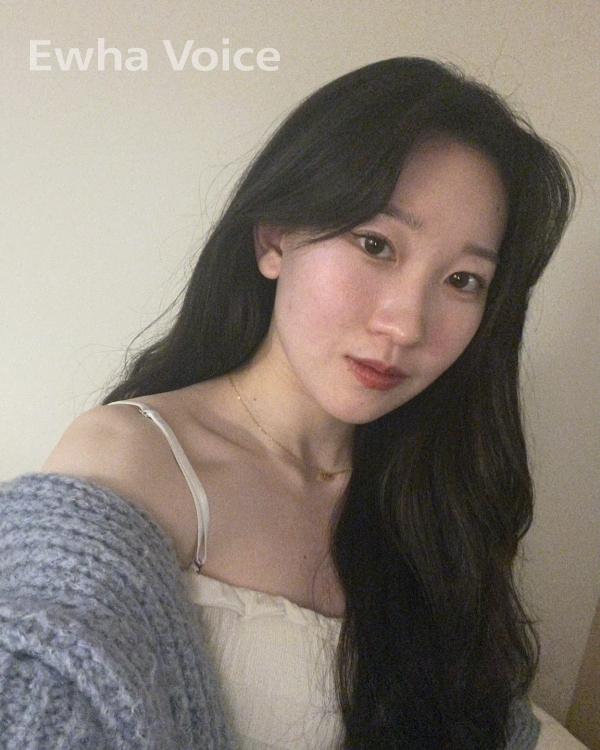Kim Nayon
Division of International Studies

Even in Korea, I couldn’t distill the California saltwater from my veins when I wrote countless drafts of short stories and memoirs between Korean language arts and Social Studies. The rhythms of traditional Indian dances alongside my best friend, the memories of climbing trees and 4th of July fireworks; and the laughs I shared with my Colombian neighbors while living in Santa Barbara intertwined themselves effortlessly onto each page. I dedicated my protagonists to portraying me. And while they were illustrated to represent both American and Korean parts of me, their inconsistencies caused them to diverge into two different people.
For the first fourteen years of my life, my Korean heritage was my greatest contradiction. When I ultimately started school in Korea, the vernacular that all the other kids spoke with such grace came tumbling into screeching halts whenever I attempted to mold my tongue onto the roof of my mouth the way they did. I didn’t understand how hanja or Confucianist principles worked, and all efforts in communicating my thoughts with others seemed to get lost in translation and ended up somewhere in the Pacific Ocean.
In a sense, working out this disconnect was like dealing with writer’s block: I performed countless variations of subtracting and adding myself to scenarios to calculate the underlying differences between them and me. Over the seemingly mundane act of eating bingsoo with friends, I subtracted my innate anxiety of looking daft and added a blaze of eagerness to educate myself in its place. I plunged myself into the deep ends of conversations with my peers before realizing that my western candidness contrasted with the usual circuitous way of speaking here. “Ohhh, so this is why my words are often taken amiss,” I summed up the differences and eventually, my sarcastic attempts effected smiles rather than puzzled faces, and the chirping crickets that often followed my punny remarks were superseded with chuckles.
Just like with writer’s block, I had to sometimes yield to the unknown and absorb the world around me in order to cross mental barriers. I spent hours listening to 6.25 war stories from my grandparents, helping my mom make rice cakes for Chuseok, and counting down the days until the Cherry Blossoms bloomed in Spring. When I could finally comprehend the double meanings behind ‘road’ and ‘anticipation’ in Yoon Dong Ju’s ‘Road,’ I came to understand that it was not enough to simply speak the language to connect with its people and culture.
In Korea, I’ve learned the nuances of not only its language, but also its traditions. There is a heaviness that overcomes my pencil from knowing the history of a country and what its people have endured. Though I’ve had to bulldoze through countless Oxford notebooks and pencils before even coming close to this point, my protagonists are the median of these two countries, someone who recognizes the inmost complexities of being part of multiple cultural communities. The rope burns of mental tug-a-wars between the values of two nations seemingly at odds with one another have sanded down and lacquered my character. With my friends and family here, I still wax about the hot summers spent soaking in the sun and how we’d dedicate December in its entirety to celebrating Christmas. Via pixels and HD resolutions, I’ve sent bits of Suneung and life as a Korean over the Pacific Ocean to my friends in the U.S. Though I’ve only shared just the sunny tip of the iceberg today, it’s a narrative that I believe is worth unfolding and hope to finish someday on paper and in hard-binding book covers.

